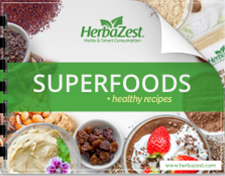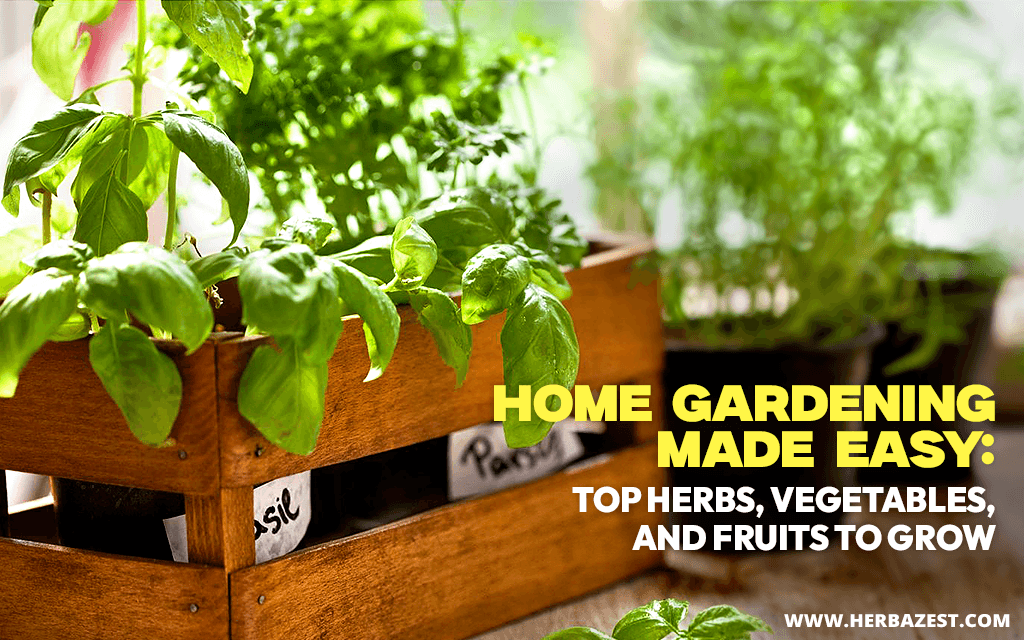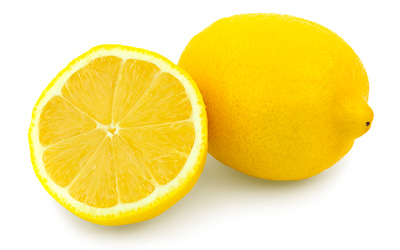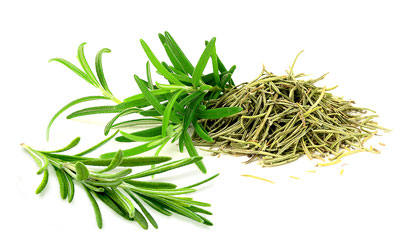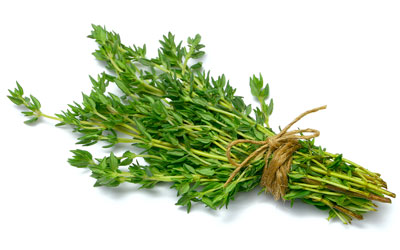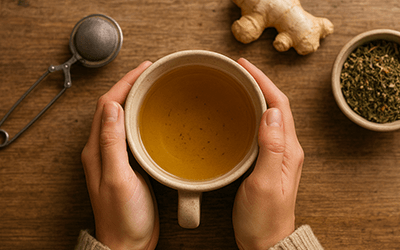Indoor gardening has grown in popularity as more people seek fresh, flavorful ingredients without relying on outdoor space. Whether you live in an apartment, a home without a yard, or simply want convenient access to your favorite plants year-round, growing food indoors is both achievable and rewarding.
With the right conditions, any room can become a thriving edible garden. From culinary herbs and leafy greens to compact fruits and vegetables, home gardening supports a healthier lifestyle, helps reduce grocery costs, and fosters a deeper connection with the food you eat.
Herbs That Thrive at Home
Research shows gardening boosts physical activity, improves diet, reduces stress, strengthens social bonds, and enhances well-being.1
Herbs are among the easiest plants to grow indoors, making them ideal for beginners. They require minimal space, are relatively low-maintenance, and offer both culinary and nutritional benefits. In addition to enhancing flavor and aroma, many herbs are rich in antioxidants and phytochemicals that support overall wellness.
Basil grows best in warmth and full sun. It thrives on a sunny windowsill and benefits from regular harvesting to encourage bushy growth. Its sweet, slightly peppery flavor is a staple in many dishes, including pasta sauces like sacha inchi seed pesto and salads like feta olive salad.
Mint (especially spearmint) grows rapidly and prefers partial light. Because it tends to spread aggressively, it's best kept in a separate pot. Mint is widely used to freshen beverages, like this nettle tea mojito mocktail, as well as both savory and sweet dishes, including green pea and mint dip and mint chocolate chip avocado ice cream.
Parsley tolerates lower light and cooler temperatures. It's easy to grow from seed and is rich in vitamins A, C, and K. Its fresh, slightly bitter flavor makes it a classic garnish and a versatile ingredient in soups, salads, grain dishes, and sauces like chimichurri.
Thyme prefers full sunlight and well-drained soil. It is highly aromatic, with a savory, earthy flavor that complements roasted vegetables, meats, and Mediterranean dishes. Try it with these sweet potato stacks with thyme and homemade marinated olives.
Rosemary thrives in bright light with minimal watering. Once established, it is hardy and long-lasting. Its bold, pine-like flavor enhances dishes like roasted garlic cannellini bean dip and amaranth focaccia bread with rosemary and walnuts.
Oregano grows well in dry conditions and full sun. Its bold, slightly peppery flavor is a staple in Mediterranean cooking, often used in sauces, roasted vegetables, and meat dishes.
Easiest Vegetables to Grow Indoors
While vegetables generally require more care than herbs, several varieties adapt well to indoor environments. Selecting compact plants with short growing cycles and minimal pest issues increases the likelihood of success.
Lettuce and other leafy greens are fast-growing and ideal for cooler indoor spots with indirect light. Leaf varieties can be harvested within 30 days and are rich in folate, fiber, and antioxidants like beta-carotene.
Cherry tomatoes grow well in containers with full sun or strong grow lights and benefit from support like stakes or cages. Their sweet, juicy flavor is showcased in recipes like whipped feta with blistered tomatoes or baked feta with cherry tomatoes & herbs.
Radishes are one of the quickest crops to mature; some varieties are ready in just 25 days. They grow best in cooler conditions and loose soil. Radishes contain glucosinolates, compounds under investigation for their potential anti-cancer properties.
Green onions are exceptionally easy to grow indoors. They can be regrown from kitchen scraps in water or planted in soil for a continuous harvest. Their mild, oniony flavor makes them a versatile garnish for soups, stir-fries, and salads.
Peppers, including bell peppers, grow well in containers with plenty of sunlight. Their sweet or mildly spicy flavor features in dishes like roasted red pepper feta dip, Catalan escalivada, and Mexican quinoa flake-stuffed peppers.
Fruits Suitable for Small Spaces
Although fruit trees are often associated with outdoor spaces, several fruits can be grown indoors with the right care and container setup. Compact cultivars and careful attention to light and watering can yield surprisingly good results.
Strawberries are well-suited to hanging baskets or containers near bright windows. Day-neutral or everbearing varieties can produce fruit several times a year. Their sweet, tangy flavor is perfect for recipes like camu camu strawberry kefir smoothie, banana strawberry acai popsicles, and no-bake strawberry cheesecake in a jar.
Dwarf citrus trees, including lemon, lime, and orange varieties, can thrive indoors with plenty of light. They need well-drained soil and consistent watering. Citrus fruits are rich in vitamin C and shine in recipes like lemon caper sauce, lemonade with stevia, and mango orange camu camu smoothie.
Blueberries, particularly lowbush or compact highbush varieties, can grow in pots filled with acidic, well-draining soil. They require bright light and benefit from periodic pruning. Blueberries are great in recipes like dark chocolate blueberry clusters, blueberry acai oatmeal, and chia blueberry jam.
Smart Tips for a Thriving Indoor Garden
An indoor garden doesn't require a green thumb - just a few strategic choices and consistent care. Whether you're growing a few pots on a windowsill or setting up a shelf under grow lights, these tips will help maximize your success.
Maximize light exposure. Most edible plants need at least 6 to 8 hours of light daily. South-facing windows work best, but full-spectrum grow lights can supplement or replace natural sunlight when needed.
Choose quality containers. Use pots with proper drainage and enough depth to support root development. For fruits and larger vegetables, deeper containers (at least 12 inches) are recommended.
Use high-quality potting mix. Opt for a light, well-aerated potting mix enriched with compost or organic nutrients. Avoid using heavy garden soil indoors.
Water effectively. Check soil moisture regularly. Water when the top inch feels dry, and avoid letting water pool at the bottom of containers. Consistent watering is key to healthy growth.
Fertilize as needed. Indoor plants may need extra nutrition. Use a diluted organic liquid fertilizer every 2-4 weeks, depending on the plant type and growth stage.
Monitor for pests. Keep an eye out for gnats, aphids, or mildew. Good airflow, clean pots, and occasional leaf wiping help prevent issues.
Indoor gardening brings fresh ingredients and natural beauty into your home, no backyard required. By selecting the right herbs, vegetables, and fruits, and following a few proven practices, you can enjoy a productive indoor garden throughout the year. Beyond the practical benefits, growing your own food indoors can also foster mindfulness, reduce food waste, and deepen your connection to what you eat.
Sources
- Penn State University, Growing Herbs Indoors, 2024
- University of Connecticut, A Guide to Growing Herbs , 2016
- University of Illinois, How to Grow Fruits, vegetables, Herbs in Container Gardens, 2022
- University of Minnesota, Growing herbs in home gardens, 2021
- University of Missouri, Growing Herbs at Home, 2022
- Utah State University, Vegetables, Fruits & Herbs Book, 2016
- West Virginia University, Herb Gardening for Beginners, 2022
Footnotes:
- Mayo Clinic. (2022). Dig into the benefits of gardening. Retrieved March 25, 2025, from https://www.mayoclinichealthsystem.org/hometown-health/speaking-of-health/dig-into-the-benefits-of-gardening
